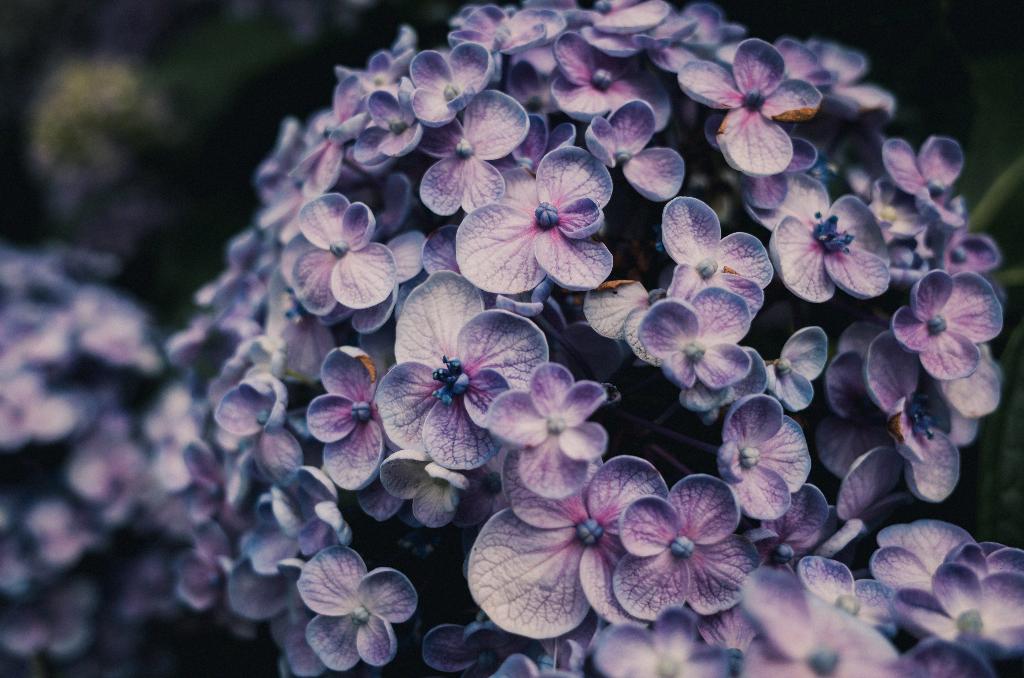Hydrangeas are beloved for their beautiful, vibrant blooms that add a lovely touch to any garden or landscape. However, if you find yourself wondering why your hydrangeas are not blooming as abundantly as they used to, there are several factors to consider.
1. Environmental Conditions
One of the most common reasons for hydrangeas not blooming is related to environmental conditions. Factors such as extreme heat, drought, or excessive sun exposure can all play a role in disrupting the blooming cycle of your hydrangea shrubs.
2. Pruning Practices
Another crucial factor to consider is your pruning practices. Hydrangeas have specific blooming patterns, and improper or overzealous pruning can remove flower buds, resulting in reduced blooming. It is essential to know the right time and technique for pruning your hydrangeas to maintain their blooming potential.
3. Soil pH Levels
The pH level of your soil can significantly impact the blooming of your hydrangeas. Different hydrangea varieties prefer different soil pH levels, with some thriving in acidic soil and others in alkaline soil. Testing your soil and adjusting the pH accordingly can lead to improved blooming.
4. Nutrient Deficiencies
Nutrient deficiencies, particularly in essential elements like phosphorus, potassium, and nitrogen, can hinder the blooming capacity of your hydrangeas. Ensuring that your plants receive the necessary nutrients through proper fertilization can help promote healthy blooming.
5. Variety-Specific Requirements
It is essential to understand that different hydrangea varieties have specific blooming requirements. Some varieties bloom on old wood, while others bloom on new growth. Knowing the blooming habits of your specific hydrangea variety can guide you in providing optimal care.
6. Overcrowding and Competition
Hydrangeas can face blooming challenges when they are overcrowded or facing competition from other plants. Ensuring proper spacing and minimal competition for resources can enhance the blooming potential of your hydrangea shrubs.
7. Watering Practices
Inadequate or excessive watering can also affect the blooming of your hydrangeas. Consistent and appropriate watering, keeping the soil moist but not waterlogged, is essential for maintaining healthy blooming cycles.
8. Winter Protection
Hydrangeas can be sensitive to harsh winter conditions, which can impact their blooming in the following season. Providing adequate winter protection, such as mulching and sheltering from extreme cold, can help preserve flower buds and encourage blooming.
9. Pest and Disease Management
Pest infestations and diseases can weaken hydrangea plants, affecting their ability to bloom. Regular monitoring, appropriate pest control measures, and disease management practices are essential for ensuring healthy blooming.
10. Container Hydrangeas
If you are growing hydrangeas in containers, the blooming may be impacted by factors such as root-bound conditions, inadequate nutrients, or limited space for growth. Providing proper care and maintenance tailored to container plants can help improve blooming.
11. Time and Patience
Lastly, it is important to remember that hydrangeas, like all plants, require time and patience to establish and bloom optimally. Sometimes, fluctuations in blooming patterns may be natural, and consistent care over time can lead to improved blooming results.
12. Consulting a Gardening Expert
If you have tried various solutions and are still facing challenges with your hydrangeas blooming, consulting a gardening expert or local extension service can provide valuable insights and guidance specific to your unique gardening situation.

